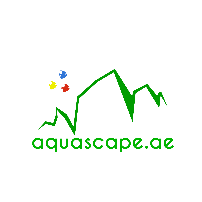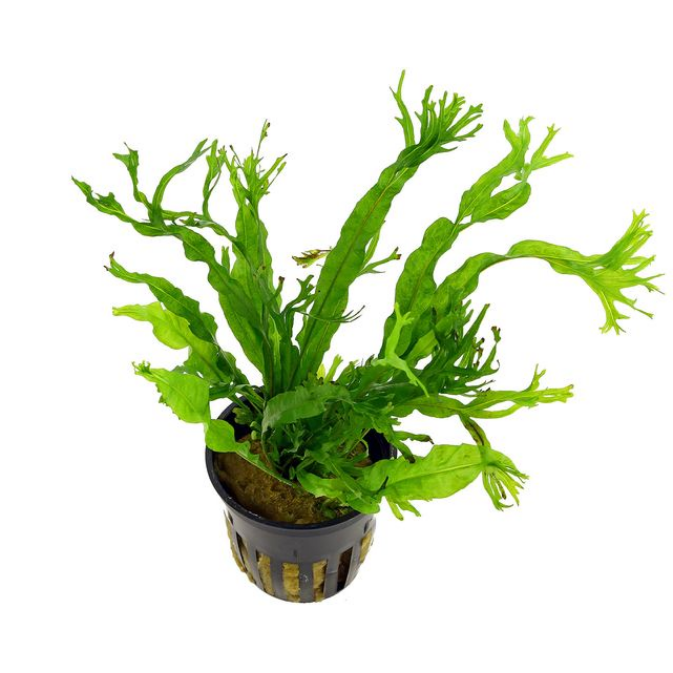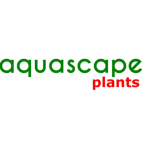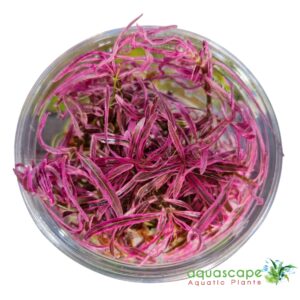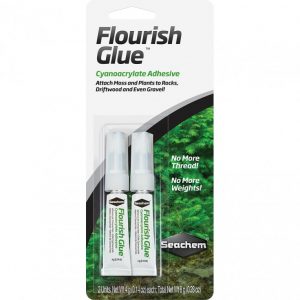Subtotal: د.إ21.25
Microsorum pteropus ‘Windelov’
Microsorum pteropus ‘Windelov’
- Finely divided leaf tips
- Bushy habit
- Undemanding epiphyte
| Synonyms | Microsorum pteropus ‘Crisped Leaves’, Microsorum pteropus ‘Ex Natura’ |
| Complete botanical name | Microsórum ptéropus (Blume) Copeland |
| Family | Polypodiaceae |
| Genus | Microsorum |
| Difficulty | very easy |
| Usage | Epiphyte (growing on hardscape), Background, Midground |
| Aquascaping | fine-leaved |
| Growth | slow |
| pH value | 5 – 8 |
To learn more about this plant visit our special article on Java ferns
د.إ29.75 د.إ35.00
Related products
-
Live Plants & Neutrients, Plants for terrarium, Plants, Potted
Echinodorus vesuvius
0 out of 5(0)Echinodorus vesuvius, also known as the Vesuvius Sword Plant, is a unique and eye-catching aquatic plant. Here’s a detailed description:
Overview
Common Name: Vesuvius Sword Plant Scientific Name: Echinodorus vesuvius (also known as Helanthium bolivianum ‘Vesuvius’) Family: Alismataceae Origin: Hybrid, likely from Singapore
Appearance
Leaves: Narrow, twisted, and spiral-shaped, resembling corkscrew vallisneria Height: Typically grows between 10 to 30 cm (4 to 12 inches) Growth Rate: Fast, especially in nutrient-rich environments
Care Requirements
Lighting: Medium to high intensity CO2: Beneficial but not essential Water Parameters:
- pH: 5.5 to 7.5
- Hardness: Soft to moderately hard water
- Temperature: 21 to 25 °C (70 to 77 °F)
SKU: n/a -
Live Plants & Neutrients, Plants, Potted
Cabomba aquatica
0 out of 5(0)Cabomba aquatica
- Gorgeous stem plant from South America
- Light green, filigree leaves
- Especially suited to larger aquariums
The Cabomba aquatica is a gorgeous fine-leafed stem plant from tropical South America. This aquatic plant comes from sunny, fast flowing to calm, acid, very soft waters. There are different forms of this species, e.g. the reddish “Cabomba schwartzii”, however the customary form has light green leaves. The stems of Cabomba aquatica may get more than one meter long and have pairs of up to 9 cm wide, fan-shaped submerged leaves with fine segments. When the shoots reach the water surface, shield-shaped floating leaves and yellow flowers may appear.
In contrast to the winter-hardy Carolina fanwort Cabomba caroliniana, an invasive species in Europe, the tropical Cabomba aquatica is still allowed to be traded in the European Union. For all kinds of aquarium plants, it must be ensured that they do not enter waters and sewage systems. Dispose aquarium plants via the household waste only.Cabomba aquatica is a demanding aquarium plant. Strong lighting, soft, flowing water and CO2 addition are important, as well as macro and micronutrient supply on a regular basis. The optimum temperature range lies between 23 and 27 °C. As well as other stem plants, The Giant Cabomba can be propagated by cuttings, it also develops new shoots at the basis of older stems.
This Cabomba looks best in larger, at least 50 cm high tanks, as a group or larger stand in the background to midground. Its light green, filigree foliage contrasts with darker or red, more coarsely textured plants. In open tanks, also its floating leaves and small yellow flowers offer an interesting sight; they may develop when the stems are allowed to grow along the surface.
Cabomba aquatica is a highly variable fanwort originating from the northern and central parts of South America. There are various colour varieties, the most frequently found in trade form of which is a green plant named giant Cambomba.
C. aquatica has up to 8.5 cm long and 9.5 cm wide submersed leaves parted into a great many fine tips. When the sprouts reach the water surface, on its tip widely oval to roundish, shield-shaped floating leaves may form, as well as yellow, mostly two-fold flowersSKU: n/a -
Sold out!Live Plants & Neutrients, Plants, Tissue Culture Cup
Hygrophila sp. Chai Cup
0 out of 5(0)Hygrophila sp. Chai, also known as Chai Hygrophila, is a rare and captivating aquatic plant.
Overview
Common Name: Chai Hygrophila
Scientific Name: Hygrophila sp. Chai
Family: Acanthaceae
Origin: Mutation of Hygrophila araguaia, discovered in Singapore
Appearance
Leaves: Distinctive pink color with occasional white streaks, resembling the leaves of Hygrophila araguaia
Stem: Thin and delicate, grows both submerged and emersed
Height: Typically grows up to 10 cm (4 inches)
Growth Rate: Slow, requiring stable and optimal conditions
Care Requirements
Lighting: High intensity to maintain its vibrant color
CO2: Strong CO2 injection is recommended for optimal growth
Water Parameters:
- pH: 6.0 to 7.5
- Hardness: Soft to moderately hard water
- Temperature: 22 to 28 °C (72 to 82 °F)
SKU: n/a -
Aquascape Essentials, Aquascape Tools, Plants, Accessories
FLOURISH GLUE GEL TYPE 8G
0 out of 5(0)Size: 8 gFlourish Glue is a superior cyanoacrylate gel for attaching moss and plants to rocks, driftwood, and even gravel. It’s uniquely useful when planting bunch plants. Simply apply Flourish Glue, plant as usual and the plants stay rooted in the substrate. It bonds within seconds and has excellent control, hold and durability characteristics. It can even be used underwater. Flourish Glue can be used for any aquascaping in freshwater or saltwater aquariums or for any plastics repairs.
KEY FEATURES:
- Cyanoacrylate adhesive
- Attach moss and plants to rocks, driftwood, and even gravel
- No more thread, no more weights
- Bonds within seconds
- Can be used underwater
DIRECTIONS:
Dispense a small amount of glue prior to each use. Apply a small amount of glue to moss or plant roots and press against desired surface for 20 seconds. For bunch plants, apply glue and plant as usual. Wipe tip free of glue before replacing the cap.SKU: SE3116

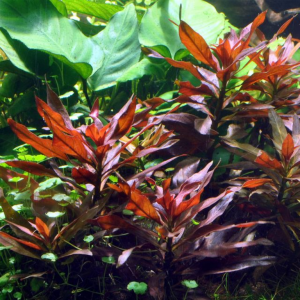 Ludwigia glandulosa pot
Ludwigia glandulosa pot 